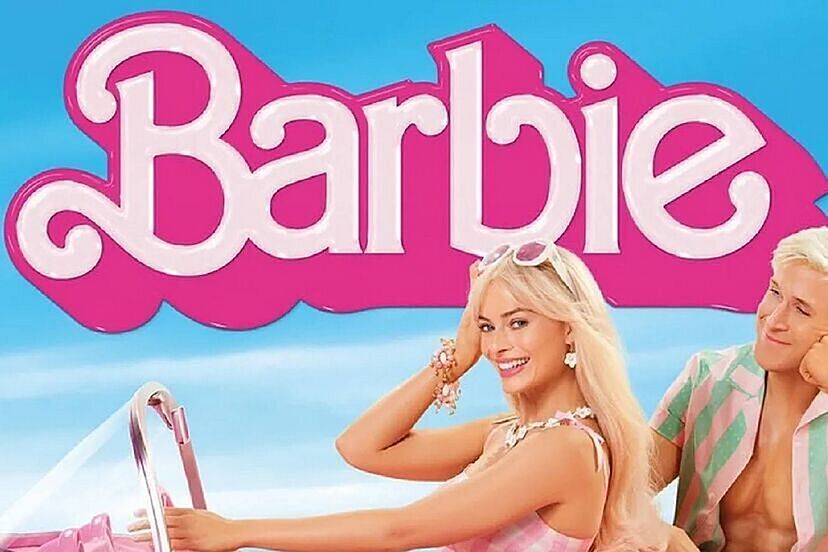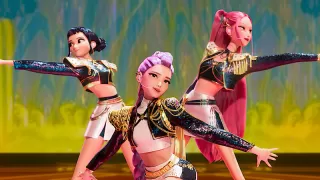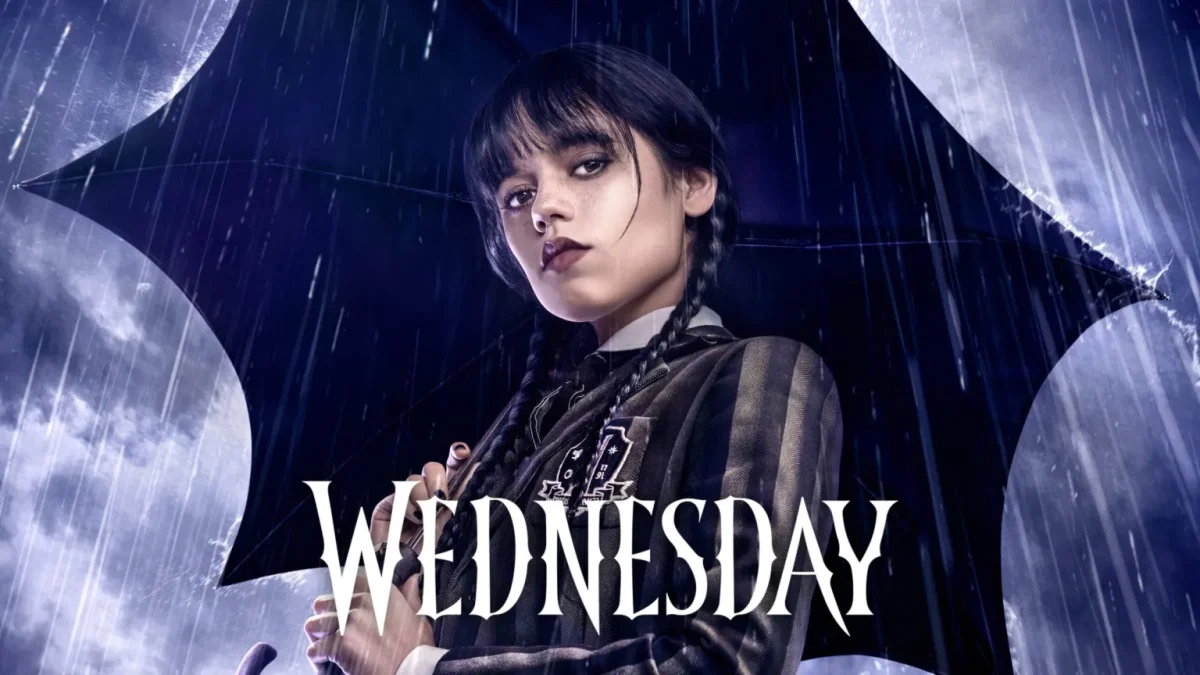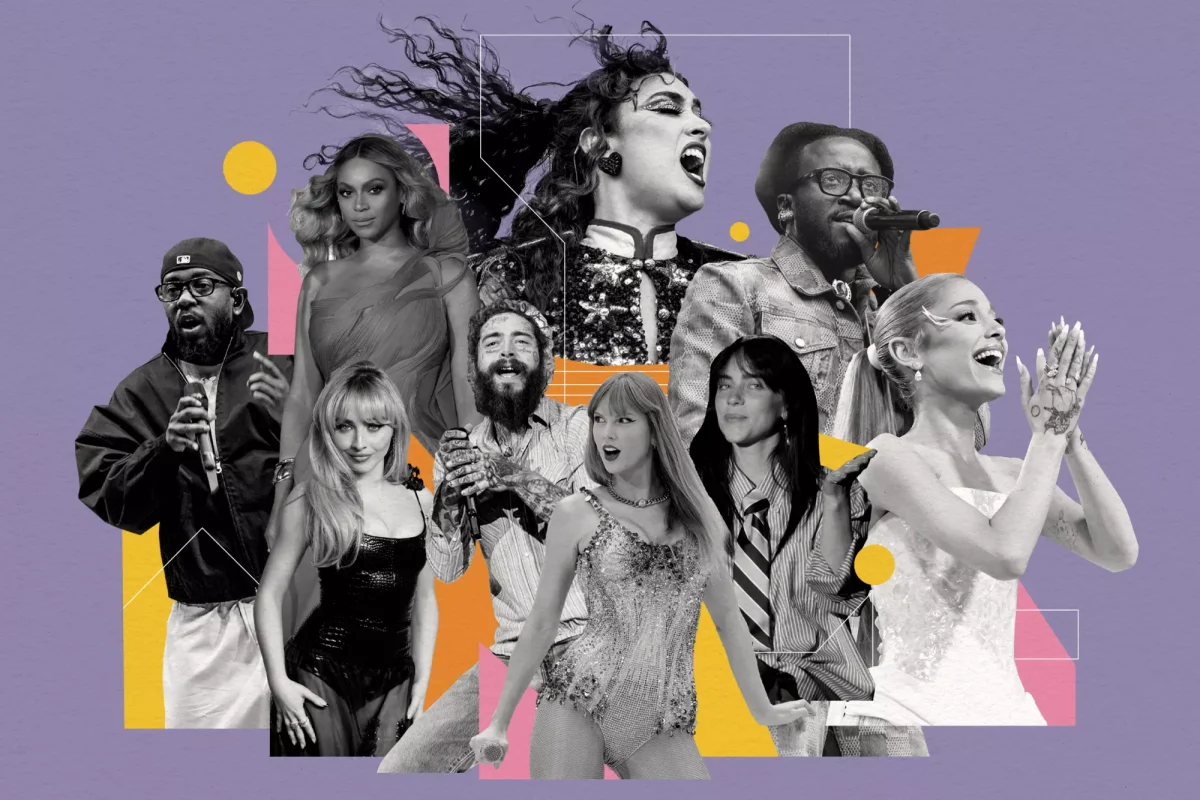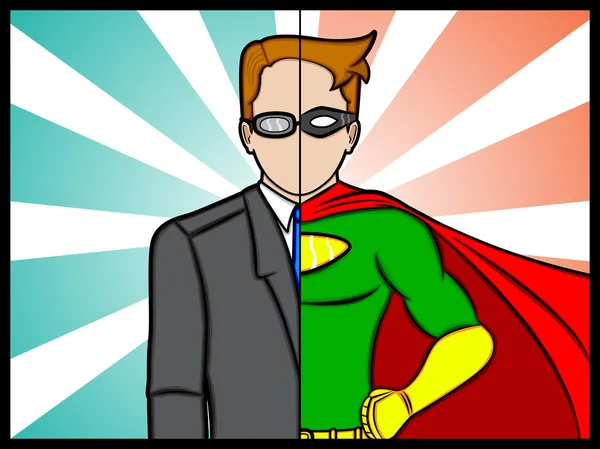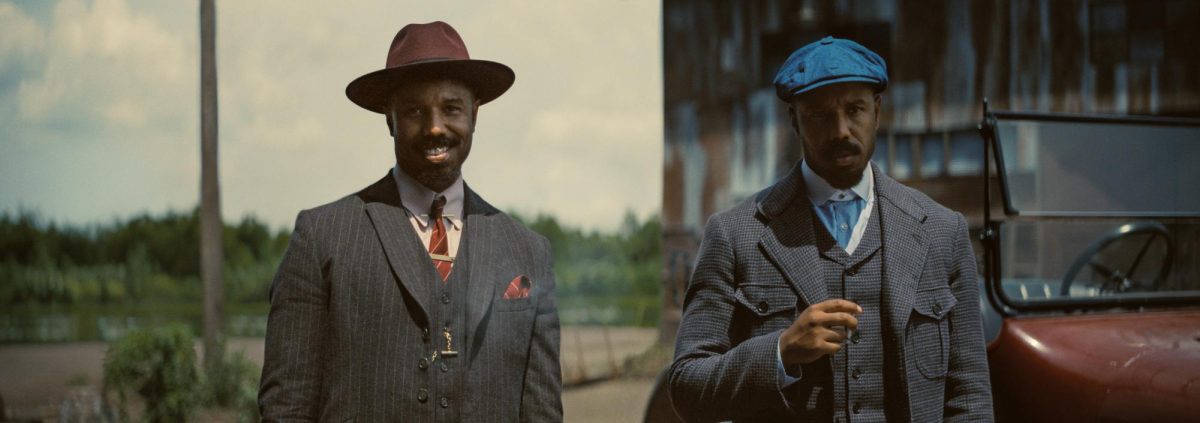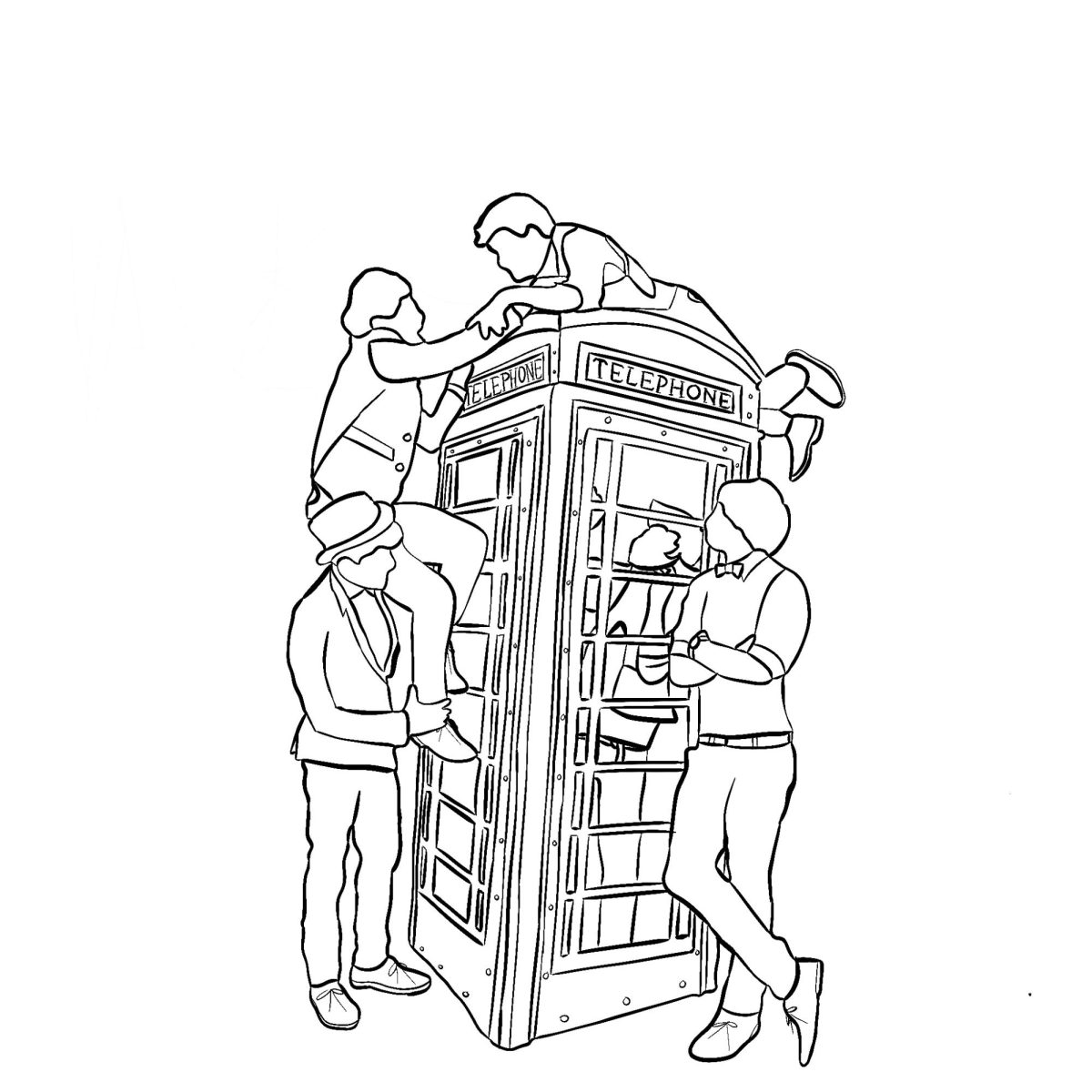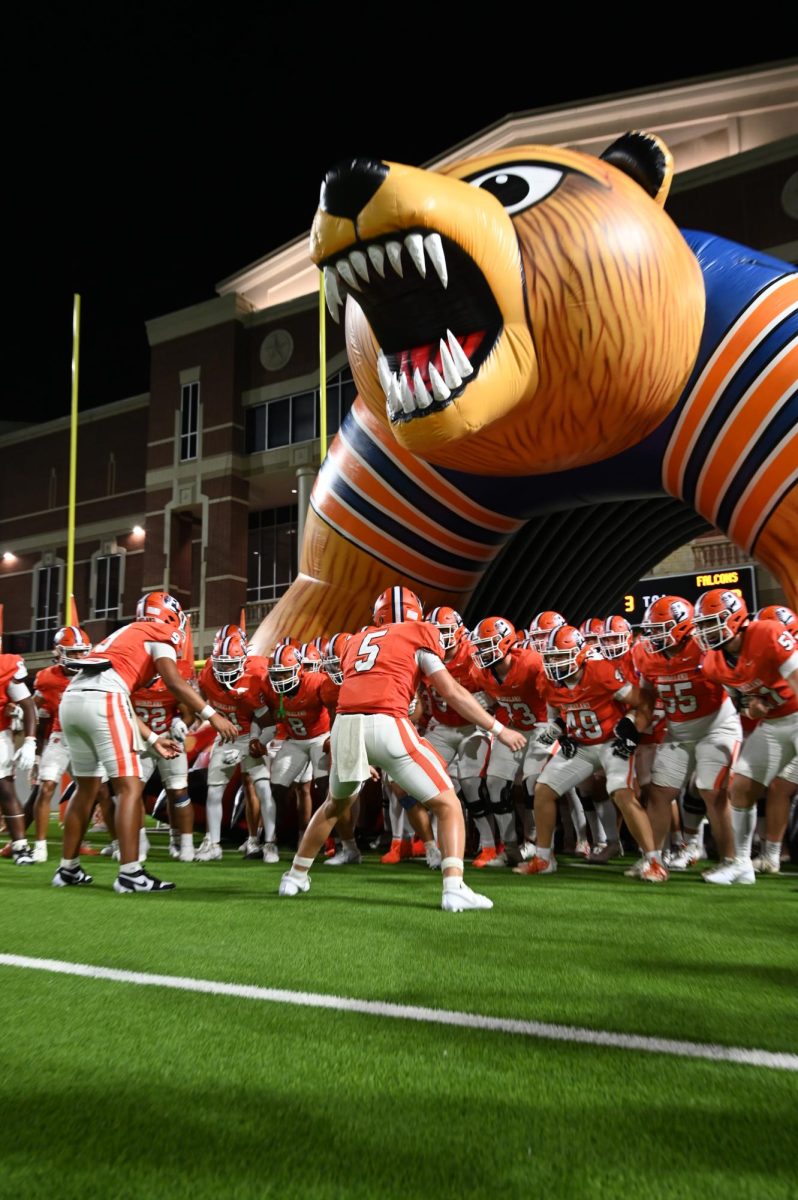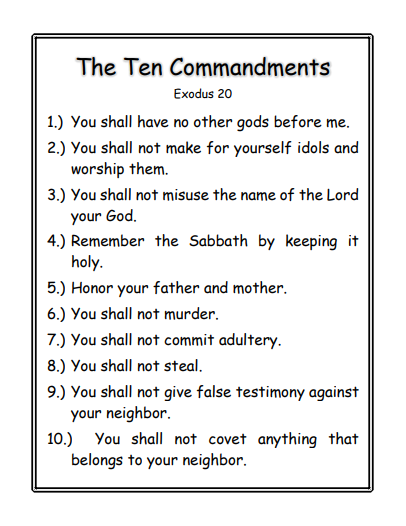In one hour and 54 minutes, countless women’s lives were changed after witnessing the new box office sensation, “Barbie”. During this movie, “What Was I Made For?” Billie Eilish echoed through the theater, little girls were in awe of the women growing up to believe that they could be anything they want to be and women laughed at Ken’s attempts at flirting with Barbie. All the while, viewers felt frozen in time while watching the credits roll, their lives forever changed. However, critics blather on about Ryan Gosling’s faults and how “anti man” the film was, ignoring how this film isn’t just fiction. These conflicts and imaginative ideas were not just for entertainment. There are truths behind the blurred line of entertainment and reality. Throughout the movie, viewers laughed, cried and took home the messages and reality the film shines a light onto.
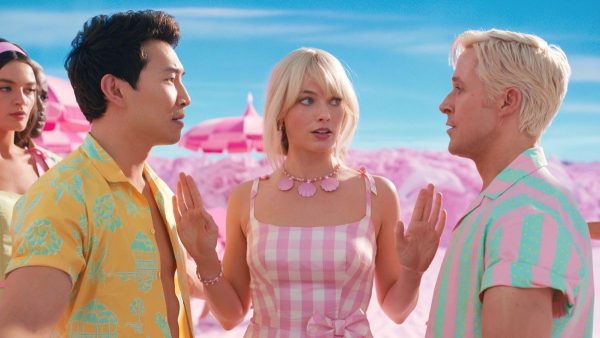 The film begins when Stereotypical Barbie, played by Margot Robbie, feels a loss of identity when she leaves Barbie Land and travels to the real world. After being exposed to reality, she begins thinking that the things that she thought defined her may not truly represent herself. It addresses the identity crisis that many women have. The thought of: “What if I’m not the person that everyone expects me to be anymore?” “Barbie” shows us that it doesn’t matter if you aren’t that one thing everyone expects you to be anymore. Everyone is changing and “Barbie” reflects that reality so perfectly, as the film gives women the chance to imagine themselves as astronauts, doctors, lawyers and even the president. This idea that you can be anything you want gives women, and especially younger women, the hope of a positive future of equality.
The film begins when Stereotypical Barbie, played by Margot Robbie, feels a loss of identity when she leaves Barbie Land and travels to the real world. After being exposed to reality, she begins thinking that the things that she thought defined her may not truly represent herself. It addresses the identity crisis that many women have. The thought of: “What if I’m not the person that everyone expects me to be anymore?” “Barbie” shows us that it doesn’t matter if you aren’t that one thing everyone expects you to be anymore. Everyone is changing and “Barbie” reflects that reality so perfectly, as the film gives women the chance to imagine themselves as astronauts, doctors, lawyers and even the president. This idea that you can be anything you want gives women, and especially younger women, the hope of a positive future of equality.
Additionally, the film shines light on the fact that women are expected to fit in a box. This box is filled with expectations and beauty standards alongside the idea that one is expected to be a strong, extraordinary person without making a single mistake. Women tie themselves in knots to be a certain weight, have perfect skin and wear clothes that match the event they will go to—it’s exhausting at times. “Barbie ” rejects this idea that women always have to be perfect, as Stereotypical Barbie slowly learns to accept her flaws over the film. Though she hated waking up with bad breath and having flat feet at first, she learns that she doesn’t have to be the picture-perfect Barbie. Oftentimes, women lose a sense of purpose and lose themselves in everyone else’s opinions to the point where they don’t know who they are. In the film, Barbie Land is a paradise where women can pursue their passions and don’t have to worry how they look doing it; it’s a place with no boundaries where all possibilities are open. The fear of pursuing genuine interests because of failure is all-consuming, and “Barbie ” follows reality where one has to be extraordinary all the time in order to earn the right to be somewhere.
Societal expectations affect both men and women. For women, it’s the struggle of girlhood in this patriarchal society. Not only does the patriarchy demean women, but it strips men of their emotional validity, forcing men to grow up disconnected from themselves and their emotions. “Barbie” illustrates the beauty in sensitivity and how loving hard is such a gift. It is so important to bridge the gap between genders to create a better world, not just for women abused by the patriarchy, but for men as well.
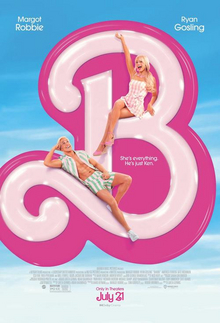 In Barbie, there’s a scene where Stereotypical Barbie is talking with an older woman at a bus stop and Barbie tells her that she looks so beautiful. Barbie has never once seen an old person, yet her first thought upon seeing her is that she looked lovely. Both society and the media regularly push women to buy a certain product or undergo a specific treatment to reduce wrinkles and other signs of aging. Getting old as a woman is expressed as a negative aspect in life because industries make billions off of convincing women that they need to stay young-looking for as long as possible. The director of “Barbie,” Greta Gerwing, reminded us of the fact that being an old woman is beautiful and that aging is such a gift.
In Barbie, there’s a scene where Stereotypical Barbie is talking with an older woman at a bus stop and Barbie tells her that she looks so beautiful. Barbie has never once seen an old person, yet her first thought upon seeing her is that she looked lovely. Both society and the media regularly push women to buy a certain product or undergo a specific treatment to reduce wrinkles and other signs of aging. Getting old as a woman is expressed as a negative aspect in life because industries make billions off of convincing women that they need to stay young-looking for as long as possible. The director of “Barbie,” Greta Gerwing, reminded us of the fact that being an old woman is beautiful and that aging is such a gift.
Furthermore, many critics claim that the montage filled with women at the end of the film was random and unnecessary. However, it perfectly encapsulated girlhood and womanhood in a way that can’t really be expressed through words. In the movie, that’s how Ruth Handler, the creator of Barbie, decided to show Barbie these women. It’s impossible to tell someone about what it means to live and breathe as a woman. They just have to experience it.
“Barbie” casts the abyss between this promised fantasy compared to the world as we know it, between the merchandising of professional feminism and the endurance of patriarchal realities that the film is set in. This film is so much more than a childhood, nostalgic feeling that has come to life; it’s the message that women are constantly viewed as a project that needs to be worked on and don’t get the pleasure of making mistakes. This film altered women and men’s perspectives about the reality of unrightful behaviors our generation has come to and evokes a fire of shadowed secrets that have finally come to the light on the big screen.

